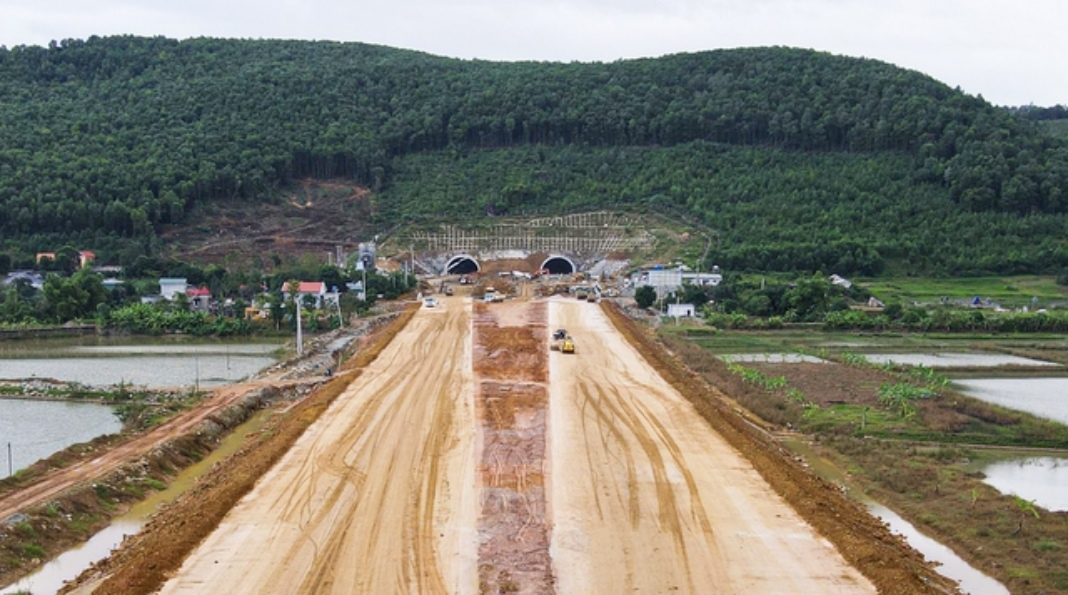HCMC – A decline in public investment efficiency and climate change vulnerabilities are holding back Vietnam from making the desired progress in its economic development, according to the World Bank.
To achieve its economic goals of reaching upper-middle-income status by 2030 and high-income status by 2045, Vietnam needs to allocate 7.3% of its annual GDP for infrastructure development from 2021 to 2030.
However, actual public investments have been decreasing, falling from 8% of GDP in 2011 to 6% in 2022, according to the World Bank report titled “Making public investments work for growth.”
The report emphasizes the need to reverse this trend and underscores that enhancing investment efficiency is crucial for overall productivity and GDP growth.
Inefficient allocation, technical issues, and operational inefficiencies contributed to the decline in investment funds. Unlike China, India, Malaysia, Singapore, and Thailand, where it takes fewer investments to generate output, Vietnam’s ratio was over six dong for one dong of output between 2011 and 2019.
Vietnam’s infrastructure quality ranks 77 out of 141 globally, trailing behind competitors like China, India, Indonesia, Malaysia and Thailand, which also vie for foreign direct investment (FDI).
Investment budgets suffered from chronic under-execution, with only 77% of allocations spent between 2017 and 2022, creating a substantial gap of 23% between allocated and actual expenditure.
This, in turn, resulted in a significant carryover of capital expenditure from one fiscal year to the next. The disparities far exceed international best practices, which advocate for variance levels below 5%.
Inefficient public investment management resulted in project delays and cost overruns. Transport projects, for example, experienced an average delay of five years and a cost overrun double the initial budget at the design and allocation phase.
Moreover, inadequate public asset management led to insufficient maintenance of completed projects. The Government’s decentralized expenditure policy allocated an average of 80% of public investment to subnational governments from 2017 to 2022, which often resulted in duplicate projects and inefficiencies.
This policy has also led to weak coordination among provinces and the central Government, contributing to over-investment in low-value projects and potential environmental damage.
The report also noted that Vietnam’s public investments and assets are increasingly vulnerable to climate change risks, including extreme weather patterns.
The estimated financing requirement for climate-resilient and decarbonization efforts is around US$701 billion from 2022 to 2040, roughly 6.8% of GDP annually. Though public investment is expected to cover over a third of the financing needs, climate change adaptation is not fully accounted for in the overall fiscal strategy nor in prioritization of projects for budget funding in Vietnam.
To address these challenges, the report suggests allocating more time and resources for pre-feasibility studies and rebalancing the infrastructure investment budget from provincial to central levels.











